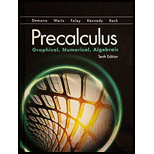
The correct choice of types of regression that give most accurate model for the given
The correct choice is E.
Given:
The type of regression is:
A. Linear regression
B. Quadratic regression
C. .Cubic regression
D. Exponential regression
F. Sinusoidal regression
And, the scatter plot is:
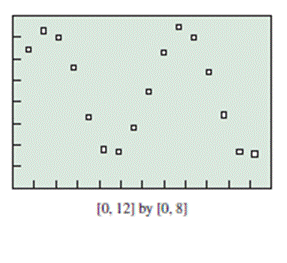
Concept Used:
There are some basic types of plots of function called regression model that are applied accordingly to scatter plots of data to find the pattern of change by fitting accurately.
The type of regression function with their general equations and graph is as follows:
1) Linear regression, general equation is
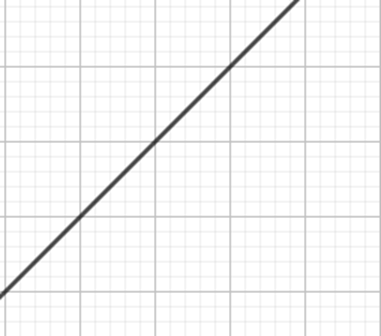
2) Quadratic regression: General equation,
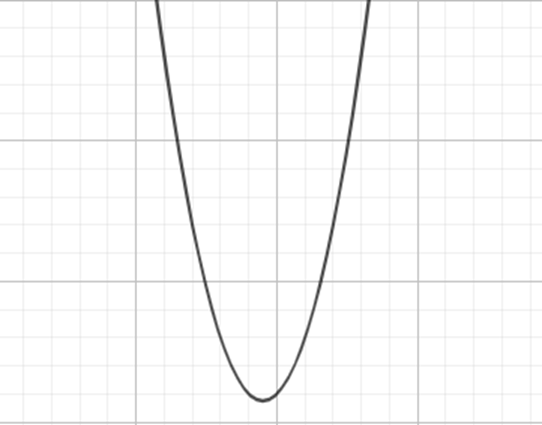
3) Cubic regression: General equation,

4) Exponential: It is of two sub type a) exponential growth, general equation,
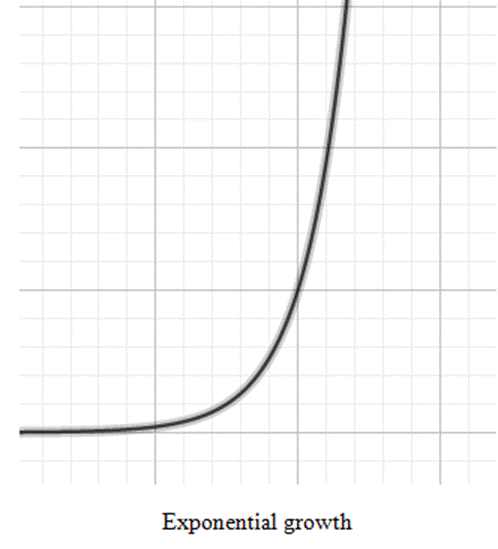
b) Exponential decay, equation is of form,
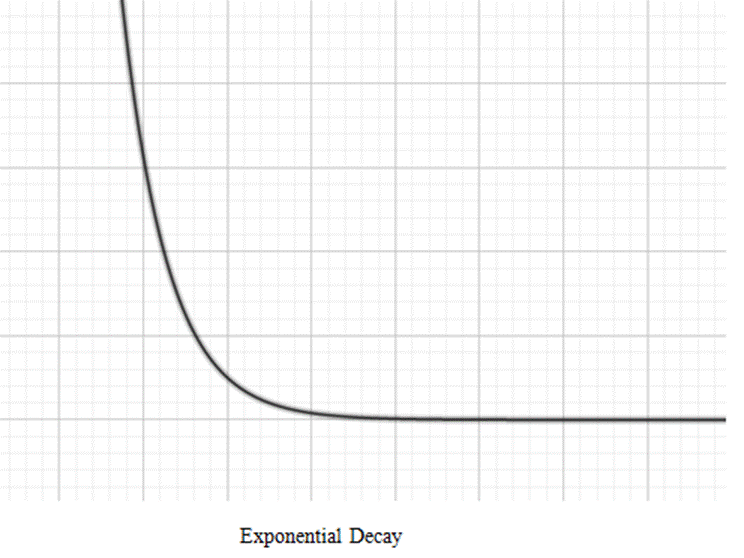
5) Sinusoidal: General equation is
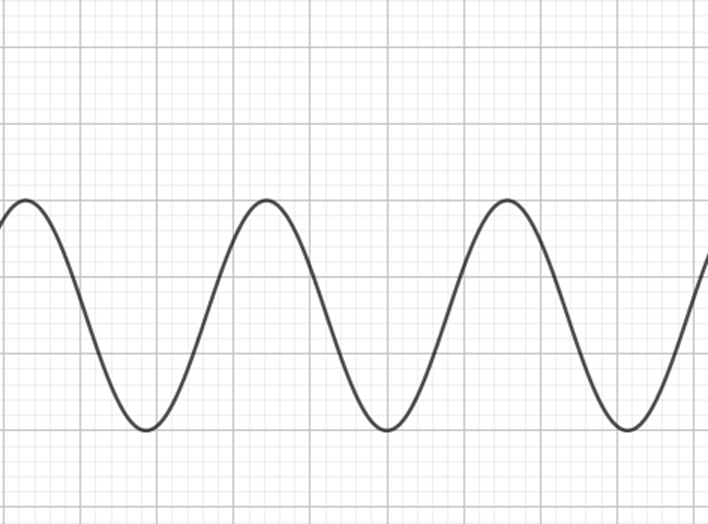
Calculation:
The given scatter plot is:
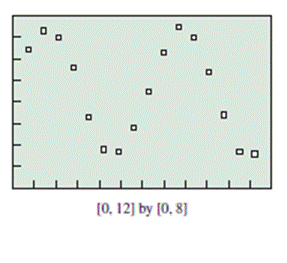
The points are scattered in the pattern of sinusoidal. So the sinusoidal regression will give most accurate model.
Clearly other choice, A, B, C and D. are not possible according to position of plot of scatter points.
Hence the correct choice is E.
Conclusion
The correct choice is E.
Chapter 1 Solutions
EBK PRECALCULUS:GRAPHICAL,...-NASTA ED.
 Calculus: Early TranscendentalsCalculusISBN:9781285741550Author:James StewartPublisher:Cengage Learning
Calculus: Early TranscendentalsCalculusISBN:9781285741550Author:James StewartPublisher:Cengage Learning Thomas' Calculus (14th Edition)CalculusISBN:9780134438986Author:Joel R. Hass, Christopher E. Heil, Maurice D. WeirPublisher:PEARSON
Thomas' Calculus (14th Edition)CalculusISBN:9780134438986Author:Joel R. Hass, Christopher E. Heil, Maurice D. WeirPublisher:PEARSON Calculus: Early Transcendentals (3rd Edition)CalculusISBN:9780134763644Author:William L. Briggs, Lyle Cochran, Bernard Gillett, Eric SchulzPublisher:PEARSON
Calculus: Early Transcendentals (3rd Edition)CalculusISBN:9780134763644Author:William L. Briggs, Lyle Cochran, Bernard Gillett, Eric SchulzPublisher:PEARSON Calculus: Early TranscendentalsCalculusISBN:9781319050740Author:Jon Rogawski, Colin Adams, Robert FranzosaPublisher:W. H. Freeman
Calculus: Early TranscendentalsCalculusISBN:9781319050740Author:Jon Rogawski, Colin Adams, Robert FranzosaPublisher:W. H. Freeman
 Calculus: Early Transcendental FunctionsCalculusISBN:9781337552516Author:Ron Larson, Bruce H. EdwardsPublisher:Cengage Learning
Calculus: Early Transcendental FunctionsCalculusISBN:9781337552516Author:Ron Larson, Bruce H. EdwardsPublisher:Cengage Learning





